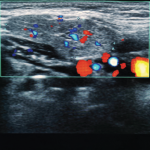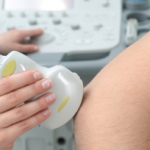During the height of the pandemic four years ago, I took every precaution to avoid, or at the very least, delay contracting COVID-19. I religiously wore a mask in all public settings, I washed my hands so frequently that my skin became dry and cracked, and I studiously maintained a six-foot distance from others. But…






